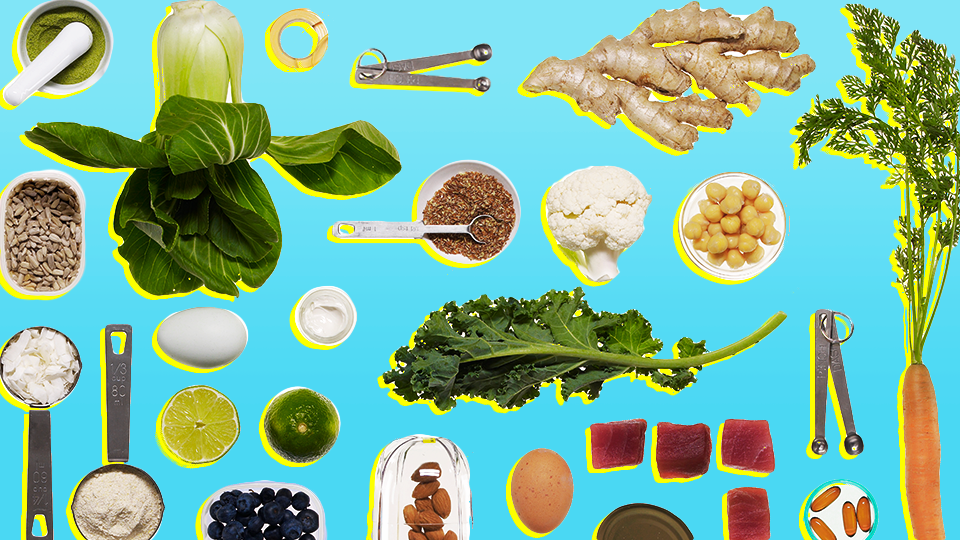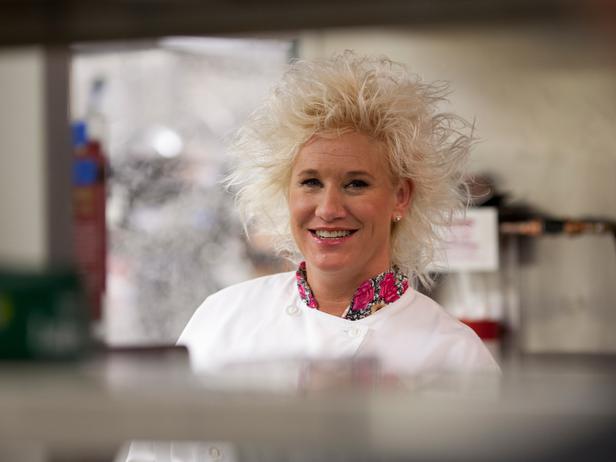
It is crucial to understand the science behind cooking taste in order to create delicious dishes. Learn all about the five flavor combinations that your body recognizes and use them to make delicious dishes. Some dishes use all five flavors, while others only have one or two. For the best results, be sure to constantly taste your food and adjust any flavors you may have before cooking. The art of seasoning food is an important skill. This article will discuss some of these ingredients and techniques that can enhance flavor.
Science behind food flavor
You are not the only person who is curious about why certain foods taste more delicious than others. Scientists are working to understand how the brain works, and they are active in trying to find more receptors that are capable of detecting food flavors. Other than protein, other proteins are also important for flavor and can make dishes more attractive. The taste of foods is a combination of several chemical properties and is the result of a complex process. It begins with the taste and smell of the food. The saliva then processes the enzymes to make the food more flavorful. The next step in the tasting process is moving the food over the tongue's papillae, which are tiny bumps that contain about 50 to 100 taste cells. Each taste cell is folded in a way that looks like a bouquet and has a chemical sensor that converts it into taste. Flavor perception is the process of interpreting taste into flavor.
Additives that enhance flavor
Good cooks are aware of how to add flavors to their dishes. They have a collection of favorite condiments and produce staples as well as spice blends they keep in the pantry. These items can simplify the cooking process, increase flavor, and reduce preparation time. These ingredients are the basis of delicious meals. These are some of the best:

Techniques to enhance flavour
The best dishes emphasize the layers of flavour in the ingredients. This can be achieved by using different techniques such as adding flavours before the food cooks and then adding them to final products. Each step in the process adds depth to a dish. You can't miss any step. Salting an ingredient before it is cooked can increase its natural sweetness by counterbalancing its sweetness.
Ingredients that enhance umami
Umami isn't a characteristic of Chinese cuisine. It can be found almost anywhere, but is not exclusive to Asian food. The flavor comes from the amino acid glutamate. Monosodium glucose has a bad rap but it's safe for cooking. Monosodium glucose is an amino acid naturally found in foods. The U.S. Food and Drug Administration (FDA), considers it safe.
Enhance bitterness with ingredients
When cooking, bitter ingredients can compliment each other. For example, milk chocolate lacks the bitterness that bitter chocolate has, so bitter chocolate is more popular than milk chocolate. Salt can reduce bitterness in desserts. Salt may be an ingredient that can balance bitter ingredients. Here are some tips to balance bitterness when making dishes.

FAQ
How much does a culinary school cost?
The costs of culinary school can vary depending on where and how long it takes. The average tuition cost is $10,000-$30,000 annually. The majority of students graduate with around $20,000 in student debt. There are some programs that offer grants and scholarships as well as work-study options.
What is the difference between a chef & a cook?
A chef cooks for others. A cook prepares the food for oneself. While both jobs involve the preparation of food, a chef interacts directly with his customers. This may mean that they might have to choose what to cook for guests depending on their preferences. A cook doesn't need to interact with clients. Instead, he or she ensures that the food tastes good before serving it to anyone.
Do I need special equipment to cook?
It doesn't take any special equipment or tools to learn to cook. The best tools will make cooking more enjoyable. A knife can be used instead of a fork when making pasta, or a whisk could be used to whip up stiff egg whites. Having the right tools can make cooking less daunting and allow you to get started faster.
What are the health benefits of slow cooking?
Slow Cookers are very useful because they allow you to prepare delicious meals without wasting time. Slow cooker recipes are healthier than traditional ones because they use less oil and fat. Slow cooker recipes are also convenient as they can take care of themselves while your sleep.
Where can i buy quality kitchen equipment
You can order high-quality kitchen appliances online. All kitchen tools can be purchased online at a number of sites. Before purchasing any kitchen equipment, however, make sure that you read reviews and ratings before buying anything. Ask others who have used similar items if you would like to recommend them.
What are the qualifications to be a chef?
To be a chef you need a bachelor's level in culinary arts. In addition, you need to pass a series of tests administered by the ACF. After you have completed all requirements, you will receive a certificate confirming your qualifications.
How can I get hired to be a chef?
The first step toward getting a job as a chef is to complete a culinary arts degree. You should next join a professional organization such as the American Culinary Federation. This organization provides certification exams and offers networking opportunities.
Statistics
- You'll be amazed that over 90% of CIA students receive scholarships and grants to finish their culinary studies. (ischoolconnect.com)
- In the United States, the category is estimated at $23.2 billion annually and is growing faster than the market. (washingtonpost.com)
- According to the BLS, chefs earn $58,740 a year. (learnhowtobecome.org)
External Links
How To
How to cook steak
The type of meat you are cooking will determine the right method to use. Thicker steaks should be cooked over low heat. Thicker steaks will need to cook at higher temperatures.
Also, don't cook them too long as it will cause loss of flavor. Don't forget to take the steak out of the pan once it's finished. This will ensure that you don't burn your self.
Cooking times depend on the size of the steak and the desired degree of doneness. These are some guidelines:
Medium Rare: Cook until medium rare, which means the internal temperature reaches 145degF (63degC). This takes between 3 and 5 minutes per side.
Medium: Cook to medium (or until the internal temperature reaches 160degF/71degC). This normally takes around 6 minutes per side.
Well Done: Cook until well done, which means the internal temps reach 180degF (82degC). This takes between 8 and 12 minutes per side.